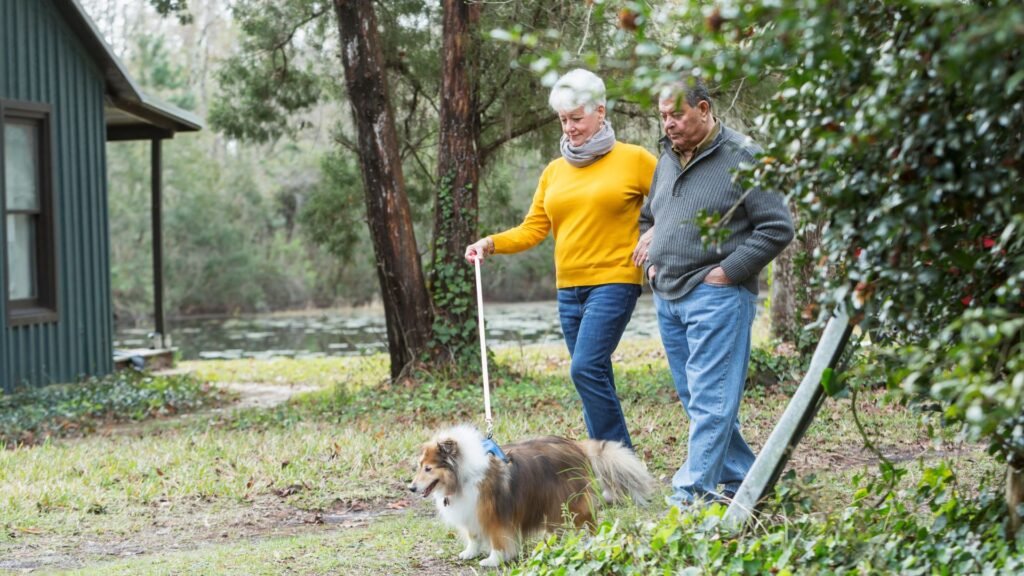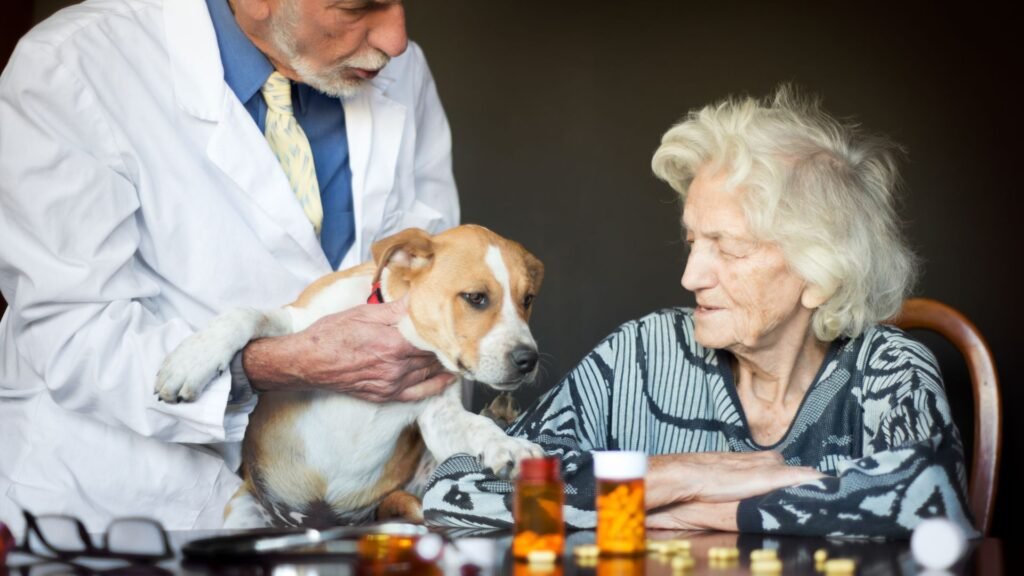Healing from trauma is a journey unlike any other. It’s not linear, it’s not always visible, and often, it’s not easily articulated. For many survivors of trauma—whether rooted in abuse, violence, loss, or addiction—traditional talk therapy can be both necessary and yet emotionally overwhelming. This is where dogs, with their silent compassion and deep intuition, become powerful allies. They don’t ask questions. They don’t offer solutions. Instead, they provide something many trauma survivors haven’t felt in a long time: safety, consistency, and unconditional love. Let’s explore how dogs and trauma recovery are deeply connected, and why the bonds they form with humans often reach far deeper than words ever could.
Understanding Trauma and the Need for Safe Connection
Trauma rewires the brain. It puts the nervous system on high alert, increases emotional reactivity, and disrupts a person’s ability to trust, feel safe, or engage with the world in healthy ways. Many people who have endured trauma live in a constant state of vigilance, shame, or emotional numbness.
One of the hardest parts of trauma recovery is rebuilding connection—both with oneself and with others. But for many survivors, human interaction can feel threatening, complicated, or simply too painful. This is why dogs and trauma recovery go hand in hand, offering a bridge to connection that feels safe, gentle, and deeply healing.
Why Dogs Are Uniquely Suited to Trauma Healing
1. They Offer Non-Verbal, Unconditional Presence
A dog doesn’t need you to explain your past. They don’t recoil at your emotional outbursts or flinch at your scars. They sit beside you, no matter what you’re carrying. This unwavering, non-verbal support helps trauma survivors begin to feel accepted exactly as they are—something they may never have experienced before.
2. They Soothe the Nervous System
Trauma puts the body into “fight or flight” mode. Simply petting a dog lowers cortisol levels and stimulates the release of oxytocin, the “bonding hormone.” This creates a calming effect that can help trauma survivors regulate their emotions and feel safe in their bodies again.
Also Read: How Dogs Help Combat Anxiety and Depression in Recovery
3. They Provide Predictability and Routine
In the chaos that trauma can cause internally, the predictable rhythm of a dog’s needs—feeding times, walks, grooming—can create much-needed stability. For someone whose life has been upended by trauma, this small sense of purpose and structure can make a big difference.
4. They Model Healthy Attachment
Trauma survivors often struggle with attachment—either becoming overly dependent or completely withdrawn. Dogs model secure attachment: they remain present, affectionate, and loyal without judgment or demand. This is why dogs and trauma recovery often complement each other so well—they help retrain the brain and heart to trust again, slowly and safely.

Dogs in Therapeutic Settings
Animal-Assisted Therapy (AAT) has gained significant traction in trauma-focused treatment centers. Whether through structured sessions with licensed therapists or the presence of therapy dogs in group environments, the inclusion of dogs helps break emotional barriers.
In therapy, dogs can help clients:
- Feel more at ease discussing difficult topics
- Ground themselves during flashbacks or anxiety attacks
- Learn to self-soothe through petting or focused breathing
- Practice giving and receiving affection without fear
Even in residential trauma programs, therapy dogs often play a central role in helping clients feel more at home and less institutionalized during treatment.
Personal Healing Journeys with Dogs
While structured programs are valuable, some of the most powerful healing occurs in personal spaces—at home, during solitary walks, or through quiet moments on the couch.
Many trauma survivors who adopt or foster dogs report profound emotional breakthroughs, including:
- Feeling joy for the first time in years
- Crying freely while being comforted by their pet
- Gaining confidence through the responsibility of care
- Reclaiming parts of themselves they believed were lost
One survivor described her adopted dog as “the only living being I trusted enough to see me cry.” Another said, “I didn’t think I could love again until my dog showed me how.”

Are All Dogs Therapeutic?
While not every dog is formally trained as a therapy or emotional support animal, many dogs have an innate ability to offer healing presence. That said, the temperament of the dog matters. Calm, affectionate, and empathetic breeds or individuals tend to be most suitable for trauma survivors, especially those experiencing high anxiety or PTSD symptoms.
Organizations that pair trauma survivors with support dogs often evaluate for:
- Patience and low reactivity
- Gentleness in response to emotional distress
- Ability to remain calm in unpredictable environments
The best dog for trauma healing isn’t the most playful or energetic—it’s the one that can sit quietly with you when the world feels overwhelming. This quiet strength is what makes the bond between dogs and trauma recovery so unique and profound.
The Unspoken Bond
What makes the relationship between trauma survivors and dogs so transformative is its simplicity. In a world that often demands explanations, justifications, and emotional labor, a dog asks for nothing but presence.
No judgment.
No expectations.
Just a soft gaze, a warm body, and the sense that you’re not alone.
That bond can’t be measured in words. It’s felt in heartbeats, in breathing that slows, and in the first real moment of peace a trauma survivor has felt in years.
Final Thoughts
Dogs don’t heal trauma. People do. But dogs hold space for healing to begin.
They help survivors reclaim their right to feel safe, to trust again, and to love without fear. Whether in clinical programs or quiet homes, their presence offers a reminder: trauma doesn’t define you, and healing is not something you have to do alone.
In the silent companionship of a dog, many trauma survivors find the strength to take one more step forward—and that alone is a miracle worth recognizing.

